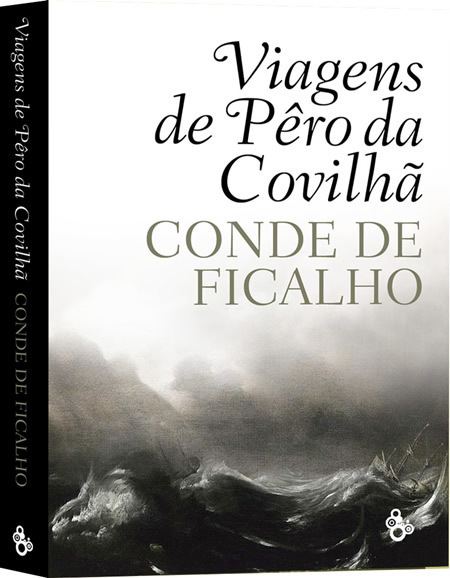Name Pero Covilha | Role Diplomat | |
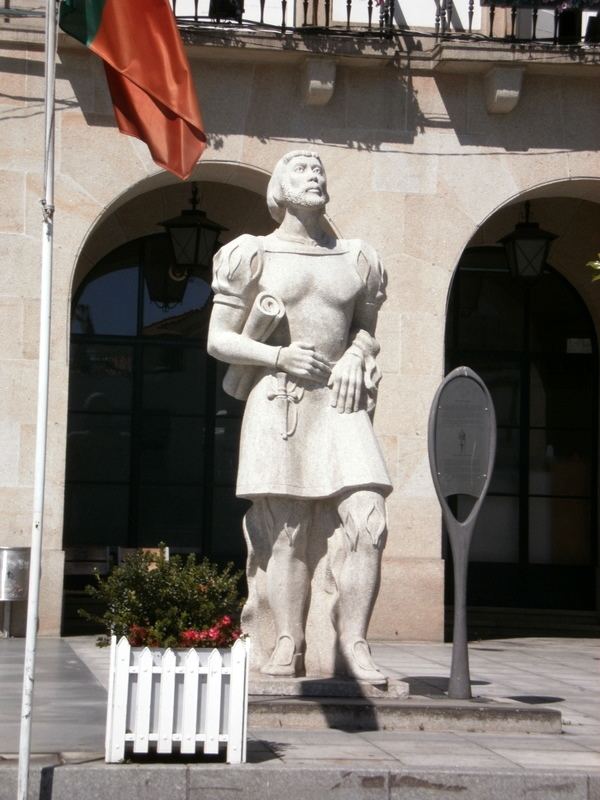 | ||
Known for Explorations in the Near East and the adjoining regions of Asia and Africa. | ||
Pêro da Covilhã
Pedro, or Pêro da Covilhã or ([ˈpeɾu dɐ kuviˈʎɐ̃]; c. 1460 – after 1526), sometimes written: Pero de Covilhăo, was a Portuguese diplomat and explorer.
Contents
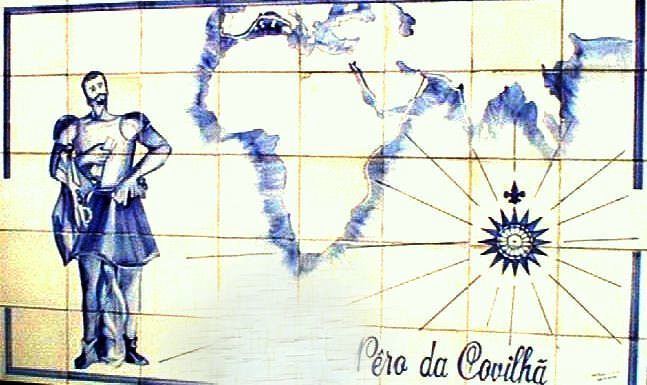
He was a native of Covilhã in Beira. In his early life he had gone to Castile and entered the service of Don Juan de Guzmán, brother of Enrique de Guzmán, 2nd Duke of Medina Sidonia. Later, when war broke out between Castile and Portugal, he returned to his own country, and attached himself, first as a groom, then as a squire, to Afonso V of Portugal and his successor John II of Portugal.
Moçambique - Beira - Matacuane - Rua Pêro da Covilhã - 2
Mission to the East
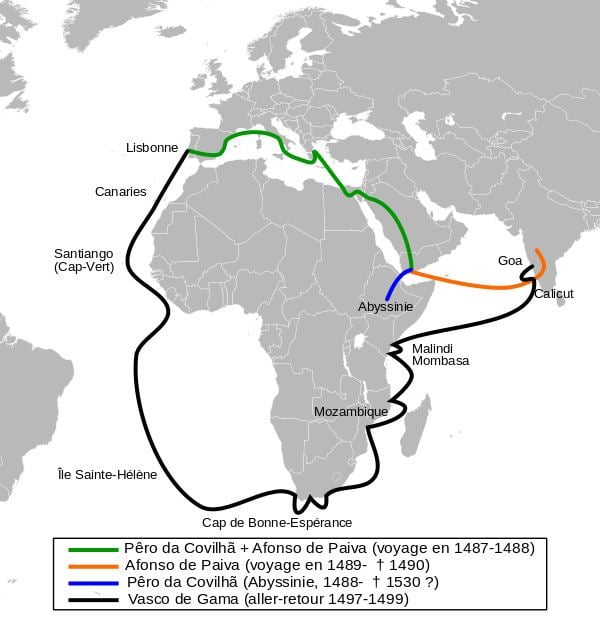
King John II put him in charge of diverse private missions, and finally, to use his knowledge of different languages, ordered him and Afonso de Paiva to undertake a mission of exploration in the Near East and the adjoining regions of Asia and Africa, with the special assignment to learn where cinnamon and other spices could be found, as well as of discovering the land of legendary Prester John, by overland routes. Bartolomeu Dias, at the same time, went out to by sea find the Prester's country, as well as the termination of the African continent and the ocean route to India.
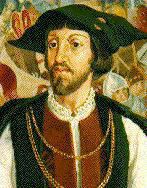
The expedition started at Santarém, on 7 May 1487. Covilhã and Paiva were provided with a letter of credence for all the countries of the world and with a map for navigating, taken from the map of the world and compiled by Bishop Diogo, and doctors Rodrigo and Moisés. The first two of these were prominent members of the commission which advised the Portuguese government to reject the proposals of Christopher Columbus. The explorers started from Santarém and travelled by Barcelona to Naples, where their bills of exchange were paid by the sons of Cosimo de' Medici; from there they went to Rhodes, where they stayed with two other Portuguese, and so to Alexandria and Cairo, where they posed as merchants.
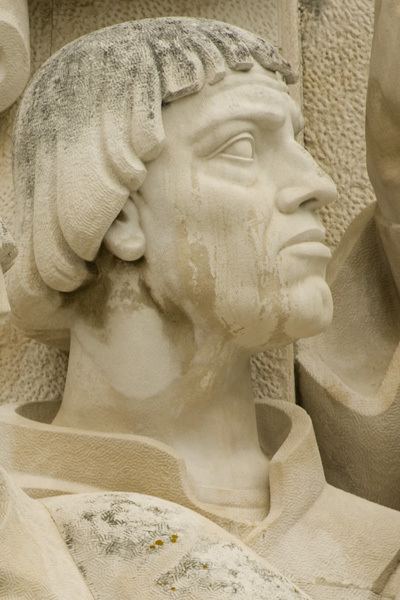
In company with Arabs from Fez and Tlemcen, they now went by way of El-Tor to Suakin and Aden, where, as it was now the monsoon, they parted. Covilhã proceeded to India and Paiva to Ethiopia. They agreed to meet again in Cairo. Covilhã thus arrived at Cannanore and Calicut, from where he retraced his steps to Goa and Hormuz, the Red Sea and Cairo, making an excursion on his way down the East African coast to Sofala.

At Cairo he heard of Paiva's death, and met with two Portuguese Jews: Rabbi Abraham of Beja, and José Sapateiro, a shoe-maker of Lamego who had been sent by King John with letters for Covilhã and Paiva. By Joseph of Lamego, Covilhã replied with an account of his Indian and African journeys, and of his observations on the cinnamon, pepper and clove trade at Calicut, together with advice as to the ocean way to India. He recommended that the Portuguese should sail south along the coast of Africa and the seas of Guinea. The first objective in the eastern ocean, he added, was Madagascar; from this island one can reach Calicut.
Ethiopia
With this information Joseph returned to Portugal, while Covilhã, with Abraham of Beja, again visited Aden and Hormuz. At the latter he left the rabbi; and himself came back to Jeddah, the port of the Arabian holy land, and penetrated (as he told Francisco Álvares many years later) even to Mecca and Medina. Finally, by Mount Sinai, El-Tor and the Red Sea, he reached Zeila, whence he struck inland to the court of Prester John (Ethiopia).
Here he was honorably received by the Emperor Eskender; lands and lordships were bestowed upon him, but Eskander refused to grant him permission to leave, and his successors evaded granting Covilhã permission. According to James Bruce, Covilhã maintained a correspondence with the king in Portugal, describing Ethiopia as "very populous, full of cities both powerful and rich".
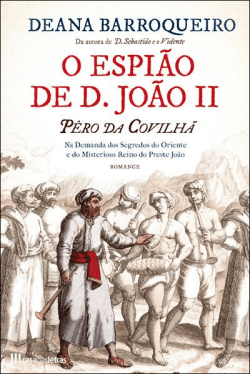
In 1507, he was joined by João Gomes, a priest sent by Tristão da Cunha, who had reached Ethiopia by way of Socotra. When the Portuguese embassy under Rodrigo de Lima, which included Ethiopian ambassador Mateus and missionary Francisco Álvares, entered Ethiopia in 1520, Covilhã wept with joy at the sight of his fellow-countrymen. It was then forty years since he had left Portugal, and over thirty since he had been a prisoner of state in Ethiopia. Álvares, who professed to know him well, and to have heard the story of his life, both in confession and out of it, praises his power of vivid description as if things were present before him, and his extraordinary knowledge of all the spoken languages of Christians, Muslims and Gentiles. His services as an interpreter were valuable to Rodrigo de Lima's embassy. Covilhã was well treated, but was not allowed to leave the country until his death.
